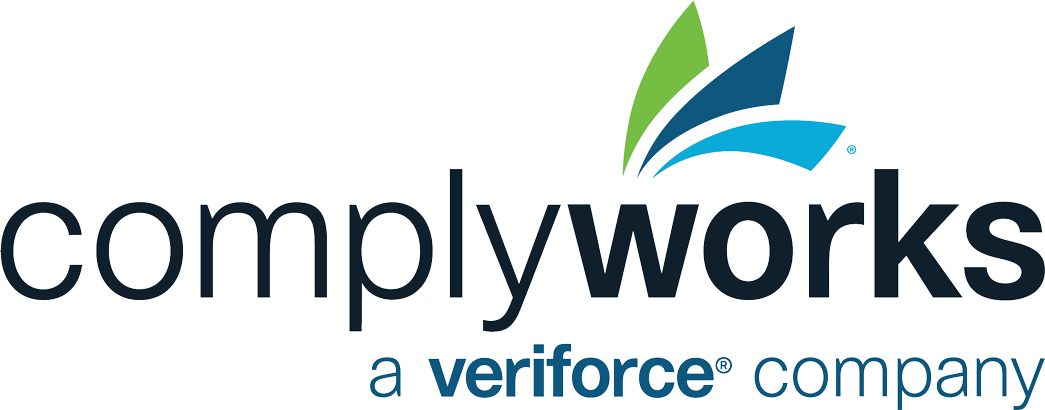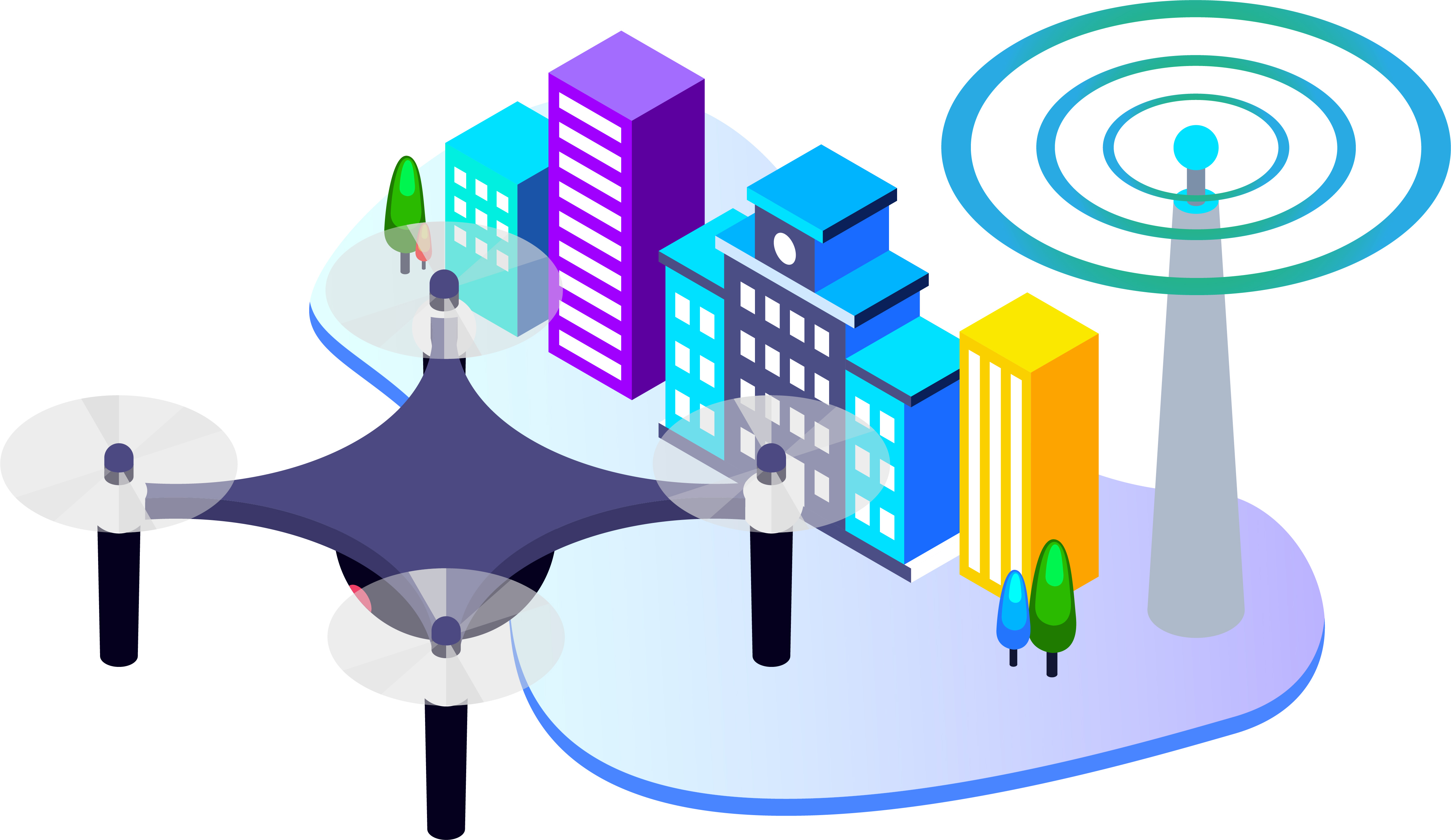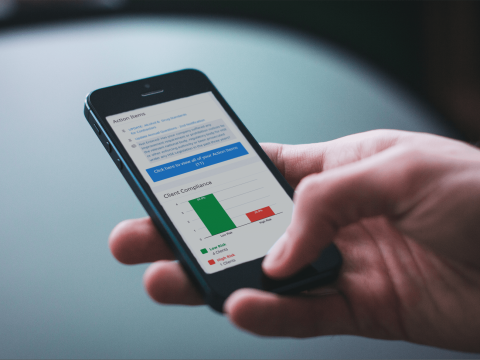On January 9, 2019, the Government of Canada published new rules for flying drones in Canada. The rules, which came into effect on June 1, 2019, are required for pilots operating drones within their visual-line-of-sight that weigh 250 grams to 25 kilograms.
A drone pilot certificate is required for individuals operating a drone within the weight specified above. Pilots can choose to get a basic or advanced certificate, which is determined by several factors described below.
The price to complete the certificate is $10; however, there is a considerable amount of effort that goes into obtaining the certificate. To start, drone pilots must comply with the Canadian Aviation Regulations. In addition to this, pilots must also be familiar with the Knowledge Requirements for Pilots of Remotely Piloted Aircraft Systems. This includes information on air law, air traffic rules, meteorology, flight operations, theory of flight and more.
Basic Operations
For basic operations, all three conditions outlined on the Government of Canada's website must be met. These conditions are listed below:
- Fly in an uncontrolled airspace.
- Fly their drone more than 30 metres horizontally from bystanders.
- Never fly over bystanders.
Pilots must also:
- Pass the small basic exam.
- Be able to show their Pilot Certificate when flying.

Advanced Operations
A pilot is conducting advanced operations, if one of the following three conditions is met:
- Fly in an uncontrolled airspace.
- Fly their drone more than 30 metres horizontally from bystanders.
- Fly over bystanders.
Pilots must also:
- Pass the small advanced exam.
- Pass their flight review with a flight reviewer.
- Be able to show their Pilot Certificate when flying.
- Seek permission from air traffic control to fly in controlled airspace.
Both advanced and basic operations are also required to register their drones with Transport Canada and must mark their drones with their registration number prior to flying. Pilots who are not compliant with these new regulations could face penalties.
Fines
As outlined on the Government of Canada’s website, individuals face fines up to $1000 for flying without a drone pilot certificate, flying unregistered or unmarked drones or flying where you are not allowed. Individuals can face fines up to $3000 for putting aircraft and people at risk.
Corporations face fines up to $5000 for flying unregistered or unmarked drones or flying where you are not allowed. They can face fines up to $15,000 for putting aircraft and people at risk. If more than one rule is broken, the individual or corporation can face multiple penalties.
Get permission to fly your drone outside the rules
To fly your drone outside the rules, you will be required to apply for a Special Flight Operations Certificate (SFOC). This certificate gives you permission to operate a drone outside the rules outlined above - for a specific purpose. This certificate is required in the following cases:
- Flying your drone outside the rules for basic or advanced operations.
- Your drone weighs over 25 kilograms.
- You are not a Canadian citizen, permanent resident of Canada or corporation incorporated by or under the laws of Canada or a province
- Flying drones carrying dangerous goods or payloads.
- Flying drones over 25 kilograms.
- Flying more than 5 drones at the same time.
For more information on applying for this certificate, click here.
If you own a drone, we suggest you check its weight to confirm whether you’re required to follow the regulations outlined above. If your drone weighs under 250 grams, do not need to register your drone or get a drone pilot certificate. However, if it is over 250 grams, it’s time for you to get your drone pilot license.
Take your HSE program one step further by tracking the health and safety of your company's assets and workforce. Using technology to track the training and certifications of staff and third parties and the maintenance of your equipment moves you closer to becoming a top health and safety company.
How ComplyWorks can help
ComplyWorks' Workforce Management Solution enables employers and contractors to remain compliant by tracking the health and safety of their workers and assets. From asset monitoring including inspections and maintenance for individual assets (i.e. drones, trucks, etc.), to tracking individual tickets and certifications for your employees, the Workforce Management Solution is adjustable to meet your unique needs.
Learn more about how you can transform your compliance management programs with our Workforce Management Solution by watching the video below.






